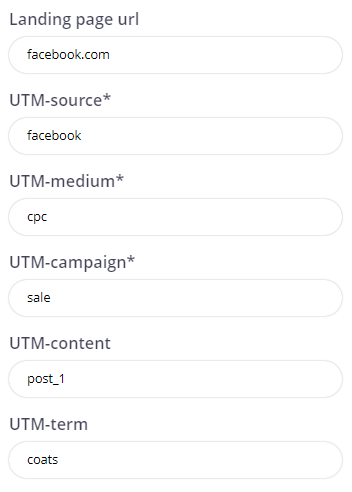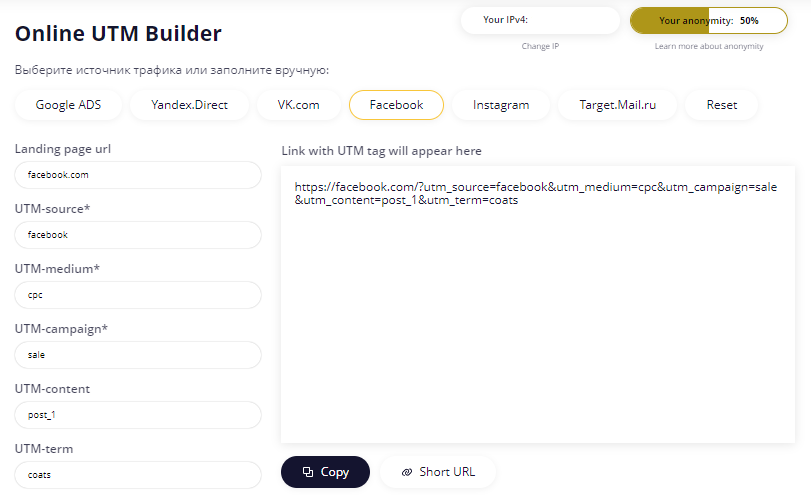UTM, or Urchin Tracking Module, is a parameter encoding that is added to URLs to track and analyze the effectiveness of website marketing campaigns. They are often used by professionals to identify traffic sources and understand which sources attract the most visitors.
There are several methods for generating UTM tags, the most common include:
-
Manually - by adding the necessary UTM parameters to a website or company's URL. This method requires knowledge about the structure of tags and their parameters.
-
Spreadsheet templates, such as Google Sheets, by filling in cells with data about each campaign and automatically create a URL with UTM tags.
-
Custom scripts or software - some organizations develop scripts and tools to generate UTM tags according to their needs, which is part of their internal analytics system or marketing automation.
-
API integrations - automated marketing platforms provide APIs for creating UTM tags automatically or programmatically.
-
Browser extensions and add-ons that allow generating UTM tags directly from the browser while working with web pages and links.
-
Online UTM generators provide a web interface allowing users to enter necessary parameters and create UTM tags without the need for programming or using APIs.
Some online generators may interact with APIs for automatic tag generation or integration with other services. In most cases, they provide a straightforward interface for users, requiring no direct interaction with APIs, making them one of the simplest and most effective ways to create UTM tags.
What UTM tags are used for
UTM tags include parameters such as source, medium, channel, campaign name parameters, and keywords, which can be added to URLs. For example, users can add UTM tags to a link in a social media advertisement to track the number of clicks and conversions that occur specifically from that advertising campaign.
Let's look in more detail at where UTM tags are used:
-
In advertisements: added to the URL that a user clicks on;
-
In email campaigns: added to the URL in the email;
-
On social media: added to the URL in posts.
A UTM tag consists of several parameters that are added to the URL of a user's website to track and analyze traffic.
The values of the main parameters that make up a UTM tag are:
-
utm_source - the source of traffic from which the user came, for example, the name of a search engine, referral site, or social media platform;
-
utm_medium - the type of traffic;
-
utm_campaign - the name of the advertising campaign that attracted the user;
-
utm_term - the keyword through which the user found the advertisement;
-
utm_content - an additional parameter that can be used for more precise segmentation of traffic, for example, to distinguish between different ads or links within the same advertising campaign.
How to use the UTM tag generator
To quickly create UTM tags, users can use the free service on our website “Online UTM Builder” To use the tool, follow these steps:
-
Select the traffic source from the provided options or enter the page URL into the appropriate field.

-
Fill in the lines of all parameters to form the UTM tag according to their values. For the convenience of users, there are hints in the fields that are displayed before starting to enter text.

-
After filling in all the lines, the link will be automatically generated; you can copy it by clicking the “Copy” button.

-
Shortening UTM tags helps make the links more compact, readable, and easier to perceive. To shorten the URL, click the “Short URL” button.

Using the online tool on our website to create UTM tags will provide the ability to conduct a detailed analysis of the effectiveness of various marketing strategies. With the link created by the UTM URL generator, users will be able to track the results of searches by keywords, traffic sources, and ads, as well as assess the conversion of specific links.



